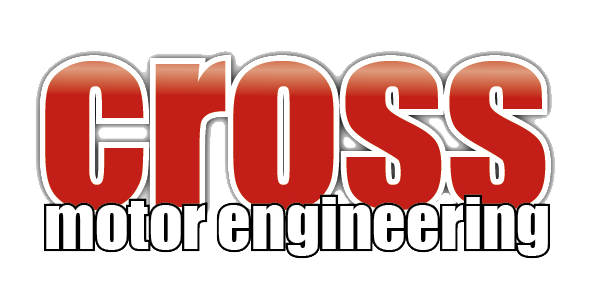What’s involved in an MOT?
The mechanic will typically work through a standard checklist that includes your vehicle identification number (VIN), registration plate, lights, steering and suspension, wipers and washers, windscreen, horn, seat belts and seats, doors, mirrors, wheels and tyres, brakes, fuel system, exhaust system and emissions (and a lot more if they’re feeling picky).
If they discover a problem with any of these things, your car will fail its MOT, and you won’t get your certificate until the problems are fixed. Driving without an MOT certificate is against the law.
But with a little preparation, you can improve your chances of coasting through the test without incurring a hefty repair bill. You don’t have to be a mechanical genius, but you do have to be willing to learn a bit about how your car engine works.
Registration number
Check sure your number plate and VIN match the numbers in your car’s V5C Registration Certificate - better known as your logbook.
Lights
Check your headlights, rear lights, foglamps, brake lights, indicator lights and so on are working correctly. If any bulbs are blown, check your car’s manual to see if you can replace them yourself. A new bulb should only cost a few pounds, and it’s cheaper than getting a mechanic to do it for you.
Tyres
Check tyre pressure and depth of tread, and make sure they are inflated to the correct pressure. The legal minimum tread is 1.6mm, although you ideally need more. You could buy a new tyre and change it yourself.
Brake fluid
Press the brake pedal. If it feels a bit soft or spongy, they may be air in the hydraulic system, which must be removed by bleeding. You can sort this out yourself, but you may need a decent car jack.
Windscreen washers and wiper blades
If anyone the blades are worn, you can replace them yourself, and while you’re at it, top up your screenwash.
Air filters and spark plugs
Locate your air filter, and if it looks murky, replace it. Ditto your spark plugs. A set of plugs can last you 100,000 miles these days, but if they look worn down, you could get more mileage out of a new set.
Seats and seatbelts
Take a look at your seatbelts. If they are worn or broken, you can change them yourself.
Further checks
Check the seal around your petrol cap isn’t worn, that your mirrors are usable and not damaged, your horn sounds correctly, and your hazard lights work, even with the ignition off.
Give your car a clean, both inside and out
This gives the impression that your car is well looked after, and may just sway the mechanic to give you the thumbs up.
If you pass the test, your garage will supply you with an MOT test certificate, and you are then legal – alongside your car insurance – to drive your pride and joy. The results are sent to a central database, which means you can check the MOT history of any vehicle – handy if you are buying a used car.
The MOT is only a basic test to make sure you’re not driving an unsafe car. You should also get your car serviced every year, to keep it in tip-top condition. And make sure you get your service book stamped: this should improve the resale value of your vehicle.




